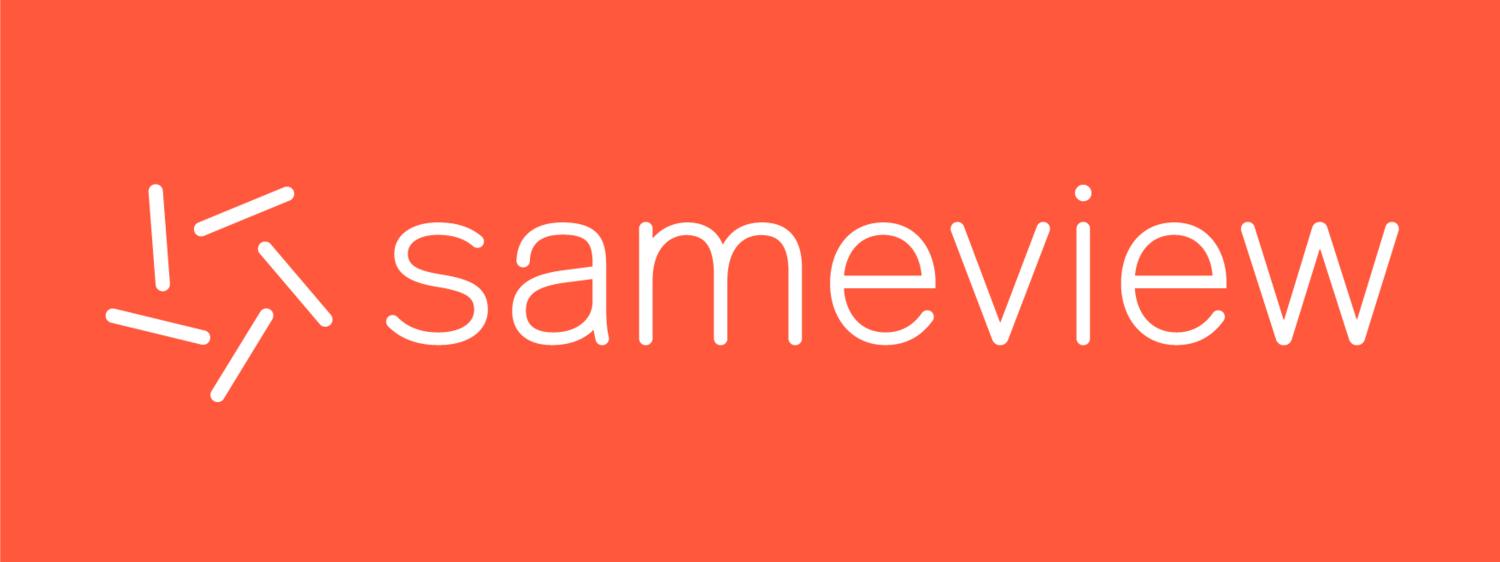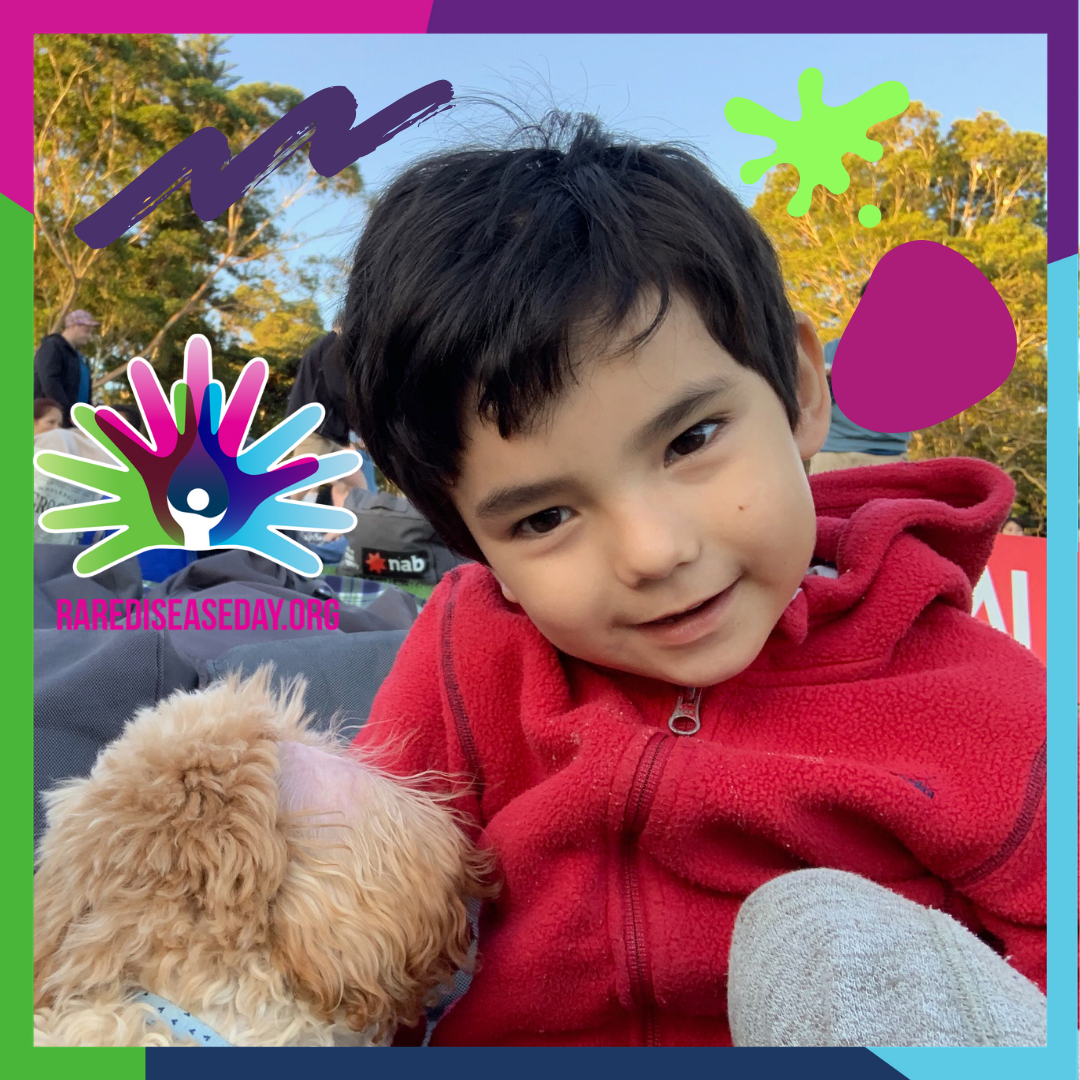Our Family and Rare Disease Day 2019
Today is International Rare Disease Day and what I want to share with you is what having a rare disease means to our family, and how it has impacted our lives.
What is a rare disease? Well there is a list - and on this list are between 6000-8000 identified conditions affecting approximately 2 million Australians, almost half of which are children.
In our family - Monty is our six year old son who loves school, reading, his mates, soccer, card games, soccer, tennis, and smashing personal bests each week at little athletics. He also lives with a rare disease, one called Pontocerebellar Hypoplasia (PCH). PCH affects Monty through:
Unilateral hearing loss (he can't hear out of one ear),
Hydrocephalus (he needs a brain shunt to help him move brain fluid around),
Duane's syndrome (his eyesight is great, but he needs to move his head to see side to side), and
Low muscle tone (his muscles are generally weaker than his peers and he needs therapy to help with strength and control).
While there’s lots I can talk about when it comes to how PCH affects Monty directly, I want to share with you some of the less obvious challenges we’ve had to face as a family in living with and managing a rare disease.
The pathway to a diagnosis is long and uncertain
After accepting that something isn’t right with our child what we craved for next was a diagnosis, the name for what we’re fighting. A diagnosis means so many things: it means you know what you are up against, you can find others in the same boat, it helps you to get access to funding, and you can get information on what to expect.
There was no quick diagnosis for Monty. For us it started with his newborn hearing test results on day one, and then going down the audiology path to determine why he couldn’t hear out of one ear. As he grew we saw more: delays in his development, his movements, his weight, and his vision. Each of these things lead us to a different specialists, to different tests. At this point our paediatrician was working through and eliminating possibilities for what it could be.
Jess and I are engineers, and we fully agreed with and understood the logical and scientific process we had to go through to find an answer, but this didn’t make the process any less traumatic.
We eventually had our answer, but it didn’t give us all of those things we wanted…
A diagnosis didn’t make it easier to get support
The nature of something being rare is that many people don’t know anything about it, or acknowledge it. So when it came to access for funding and support, having something that doesn’t fit into a box is difficult when you are working with standard forms, established processes, and bureaucracy.
This is also the reason why we and our doctors often talk about Monty as having Cerebral Palsy (CP). Our understanding is that PCH technically fits into the umbrella term that CP is so mostly it is true and accurate. There have been plenty of processes and gateways along the way where PCH may not have been accepted or understood, but CP being well-known allows you to get through the door and get on with what you need to do.
So when you are trying to carry out therapy and intervention for a young child (early intervention), what you have to do is work as hard as you can and as fast as you can. Because it will be so much harder, if at all possible to achieve the same later in life.
Up against this this pressure you don’t want anything in your way, and I would’ve said or signed anything to get Monty the intervention that he needed.
What is the right intervention or help? And who can do this?
Having access to support meant that we could engage early intervention providers and therapists to help us, an amazing milestone and one of the first steps towards managing and moving forward.
What we realised is that at the time, the majority of early intervention organisations had strengths in the cohorts they supported. As mentioned our first interactions were with hearing loss organisations, who ran amazing programs for children with deafness. We definitely benefited from those programs, but the help was never quite right. At that organisation we worked on Monty’s hearing and speech, but he could never sit properly in each session.
Similar issues came up again at our next early intervention provider, they were great at working with cases that they had seen before, but the multi-dimensional problem that our rare disease presents meant that regular methods or interventions were not directly applicable.
What we learnt is that it was up to us as Monty’s parents to find the right help, and this help had to come from multiple sources. We had to assemble our own super team of therapists, support workers, educators - all with one common trait being that they were good problem solvers, and open to trying new things.
Having a great team is only the beginning
Once we became confident in sourcing our super team, the next big challenge was how we managed these people, how we could have everyone on the same page, and working together as a team. There wasn’t and still isn’t a service in the community that helps families to coordinate all of their care in a wholistic family centred way. Coordination happens between some services, and there are also tools to help with others, but there is nothing that gets everyone on the same page in terms of the family’s goals, and gives the team the opportunity to collaborate so that the family moves forward effectively, without as much stress, and without as much pressure.
To achieve coordination and to have a functioning “team”, it has been up to Jess and I to carry out this workload. This means managing messages between each person, telling the same story multiple times, tracking who is working on what, and pushing each person to help us move in the overall direction we want for our son and family.
This very issue is the theme of this year’s Rare Disease Day. This year the them is focused on “bridging the gaps in the coordination between medical, social and support services in order to tackle the challenges that people living with a rare disease and their families around the world face every day.”
And we are doing something about this
Care coordination is complex issue that spans levels of government, sectors, and social programs. Families like ours are hungry for something that can make this easier.
In my professional life, at the time Monty was born I specialised in managing emergencies or disasters. I couldn’t understand why at work - I could work effectively with multi-disciplinary teams, with different government departments, and people from different sectors to solve big problems faced by the community. But at home, with Monty’s team - nothing worked like this.
We have since dedicated our lives to working on sameview for over two years now. It’s a platform that allows families like mine to coordinate their care, have everyone on the same page, and working together. We’ve made great progress, and are lucky to have families and professionals across Australia using it and helping us to make it better.
Like we said the problem is wide and complex, and our work will never be the silver bullet to this wicked issue. But at the same time, it’s the Australian way to “have a go”. So many other mums and dads like us have “had a go” before at a problem close to their heart, and the result of their commitment and dedication is the ecosystem of support, programs, and initiatives that we all benefit from today. We feel that we have the smarts, the capacity, and the commitment to try - and so we must.
Our community
Monty’s story is just one of many being shared around the world today. If you’ve read this I hope you can take the time to read the perspectives from others who live with a rare disease. You can do this by visiting the Rare Disease Day website, and also by reading about and supporting Rare Voices Australia, the peak body that advocates for Australians living with rare disease.
Thank you so much for taking the time to read our story.
Danny

